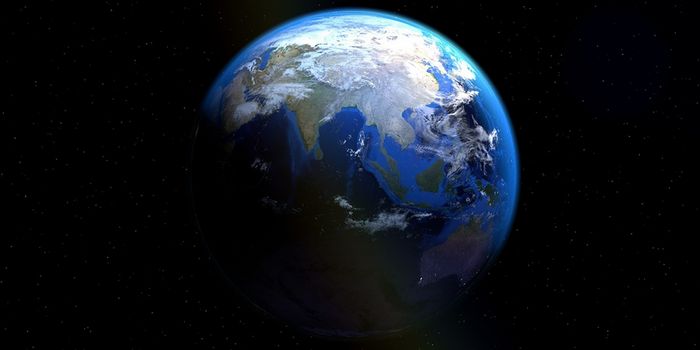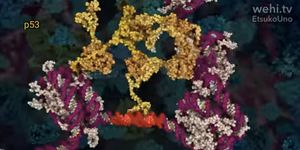What the heck are biocrusts and why are they so important?
Have you ever heard of biocrusts? No, it’s not a new kind of pizza crust. Biocrusts refer to a group of tiny desert organisms (like mosses, lichens, cyanobacteria, and fungi) that live on the surface of dryland soils. While they’re so small you might not even notice them, new research published in Global Change Biology, suggests they play a very important role for our planet.
In a collaboration of researchers from UNSW Sydney, the United States, Spain, Germany, Mexico and China, the report details a comprehensive meta-analysis of the largest global database on the effects of biocrusts on water movement, storage and erosion in dryland soils.
Lead author Professor David Eldridge from UNSW Science comments, “Biocrusts are critically important because they fix large amounts of nitrogen and carbon, stabilize surface soils, and provide a home for soil organisms. But we still have a poor understanding of just how biocrusts influence hydrological cycles in global drylands.
"Accounting for biocrusts and their hydrological impacts can give us a more accurate picture of the impacts of climate change on dryland ecosystems and improve our capacity to manage those effects," Eldridge said.
Drylands are the most expansive biome covering land on Earth (they cover almost half of Earth's land surface and support almost 40% of the global human population) and biocrusts are often the most prevalent surface covering on dryland soils, so you can understand why it’s important to understand these little creatures. Yet, as co-author Dr. Samantha Travers explains, "The global literature on biocrust effects on hydrology has often been conflicting, preventing us from making broadscale recommendations on how to manage them to manage water.”
From their analysis, the researchers concluded that the presence of biocrusts increase water storage in the uppermost layers of the soil and reduce water erosion by an average of 68%. This was the general finding, they explain, despite the influence that soil disturbance and biocrust type had on water storage.
"This upper layer is where most of the nutrients and microbes are found -- it is a critical zone for plant production and stability in dryland soils," Eldridge said. "More water in the upper layers means greater productivity and stability."
"Cyanobacteria in the crusts secrete organic gels and polysaccharides that help to bind small soil particles into stable surfaces. Mosses in the crusts also trapped water and sediment on the soil surface, preventing the removal of soil particles," Dr. Travers said.
This field is emerging as evermore crucial because of the implications that it has for the millions of people, livestock, and wildlife that live in drylands. "The results of this work will be incorporated into global water balance and soil loss models so that managers and governments have a better understanding of the implications of losing biocrusts on the world's dwindling water supplies," commented Eldridge.
Sources: Global Change Biology, Science Daily









